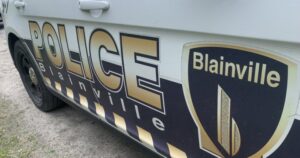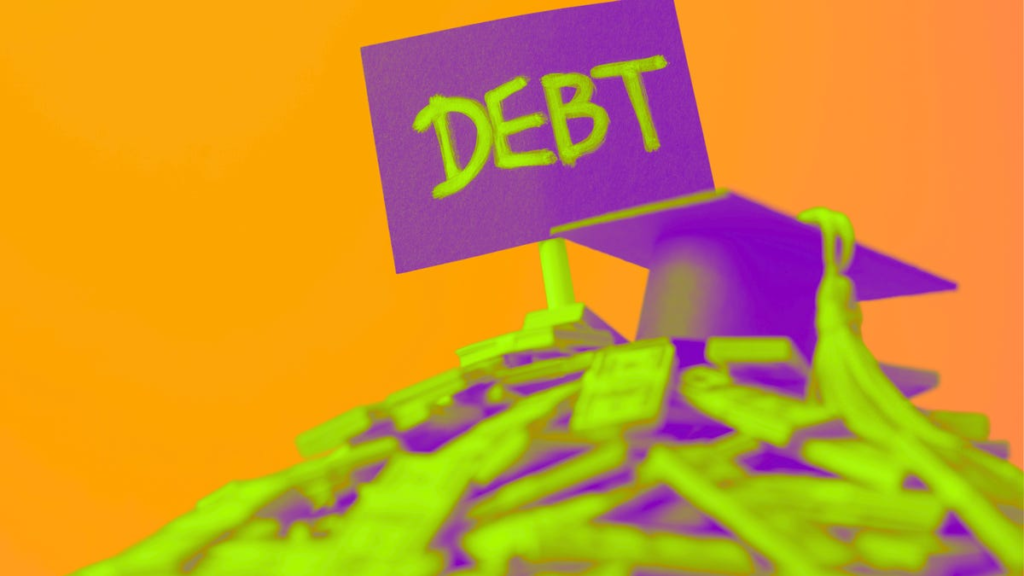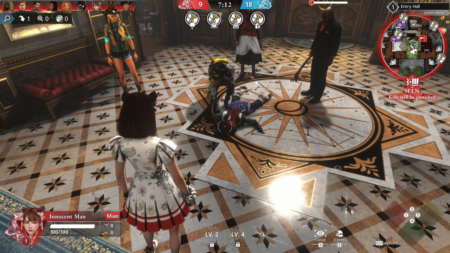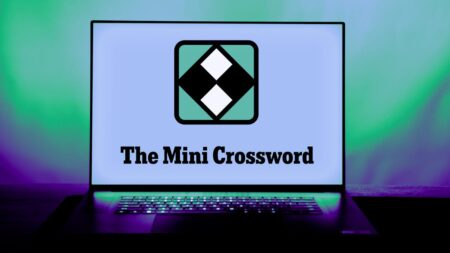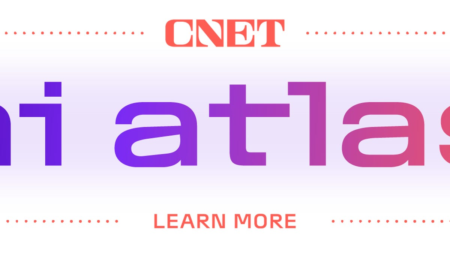There’s been a lot of student loan chatter, but little clarity for borrowers enrolled in the Saving on a Valuable Education repayment plan.
We’ve witnessed several updates to student loan programs this year, from proposed changes to Public Service Loan Forgiveness eligibility to the ramping up of collections efforts on defaulted student loan accounts to a new Republican-fronted bill seeking to change existing income-driven repayment plan options. But the official rejection of SAVE may have the biggest impact for the 8 million borrowers who qualified for lower monthly payments.
Now that we know SAVE is officially out, what’s next? Should you switch to another income-driven repayment plan? Or wait it out? I talked to experts to find out when payments are expected to restart and what you should do during this downtime.
How Much Could Student Loan Payments Skyrocket for SAVE Borrowers? We Did the Math
When will payments restart for student loan borrowers in SAVE?
It’s not clear when payments will start again for borrowers on the SAVE plan but it’s looking like the end of this year would be the earliest timeframe.
The Department of Education’s website says SAVE plan borrowers will stay in a general forbearance until at least the fall. It also directed loan servicers to adjust the income recertification deadline to no earlier than Feb. 1, 2026.
Robert Farrington, student loan expert and founder of The College Investor, expects the general forbearance to last even longer.
“Borrowers will likely see the SAVE forbearance end in mid-to-late 2026,” says Farrington. “Many borrowers are already reporting the end date of their forbearance moving to September 2026.”
Currently, loan payments for any borrower in SAVE remain on hold in a general forbearance and your balance isn’t accruing interest. If you’re enrolled in a loan forgiveness program like PSLF, each paused month will not count towards your forgiveness during the pause. While you can choose to switch to an alternative repayment plan, most experts suggest sticking with SAVE, and doing this one thing ahead of payments resuming.
Should PSLF borrowers in SAVE switch to another payment plan?
If you’re a teacher, nurse or other public servant pursuing PSLF, you may be worried that the payment pause is not counting toward your 120-payment requirement. That leaves you with three options.
First, you could switch from SAVE to another income-driven repayment plan (ICR, IBR or PAYE). That way, your payments will count toward PSLF’s 120-payment requirement.
Alternatively, if you would have hit 120 months of on-time payments if not for the pause, you can apply for the PSLF Buyback program to get credit for your time in forbearance.
“This program [allows borrowers] to make a lump-sum payment for any months spent in administrative forbearance under SAVE, ensuring those months count towards PSLF,” explains Megan Walter, NASFAA senior policy analyst.
The downside of these first two options is that borrowers have been reporting processing delays. So don’t expect a fast response.
Last, if you’ve recently enrolled in PSLF or are not close to receiving forgiveness, you might prefer to wait until you’re moved into a new payment plan. Yes, your months in forbearance won’t count toward your 120-payment goal, but this could give you time to start saving for a potentially higher student loan payment.
Whether you decide to change plans now or wait, make sure your decisions align with your financial goals. With SAVE no longer an option, it’s important to understand all your avenues for paying back your student loans.
What should SAVE borrowers do right now?
That doesn’t mean you should sit back and do nothing, though. Take this time to prepare for the likelihood that your payments will increase in the future. You can use the Federal Student Aid’s Loan Simulator tool to help calculate how much your monthly payment will be under different payment plans.
While your payments are paused, you won’t have to worry about your account being moved to collections. Although borrowers with defaulted loans are once again subject to collections, including wage garnishment, those enrolled in the SAVE plan don’t have to worry about those consequences for now.
Use this time to improve your finances, suggested Farrington. “This is a great time to pay off other debts (including private loans), build an emergency fund, contribute to an IRA and more.”
If you have the wiggle room in your budget, start paying yourself each month the same amount you’d pay your student loan servicer. Put this money into a high-yield savings account to earn a little extra interest on your savings.
Read the full article here



